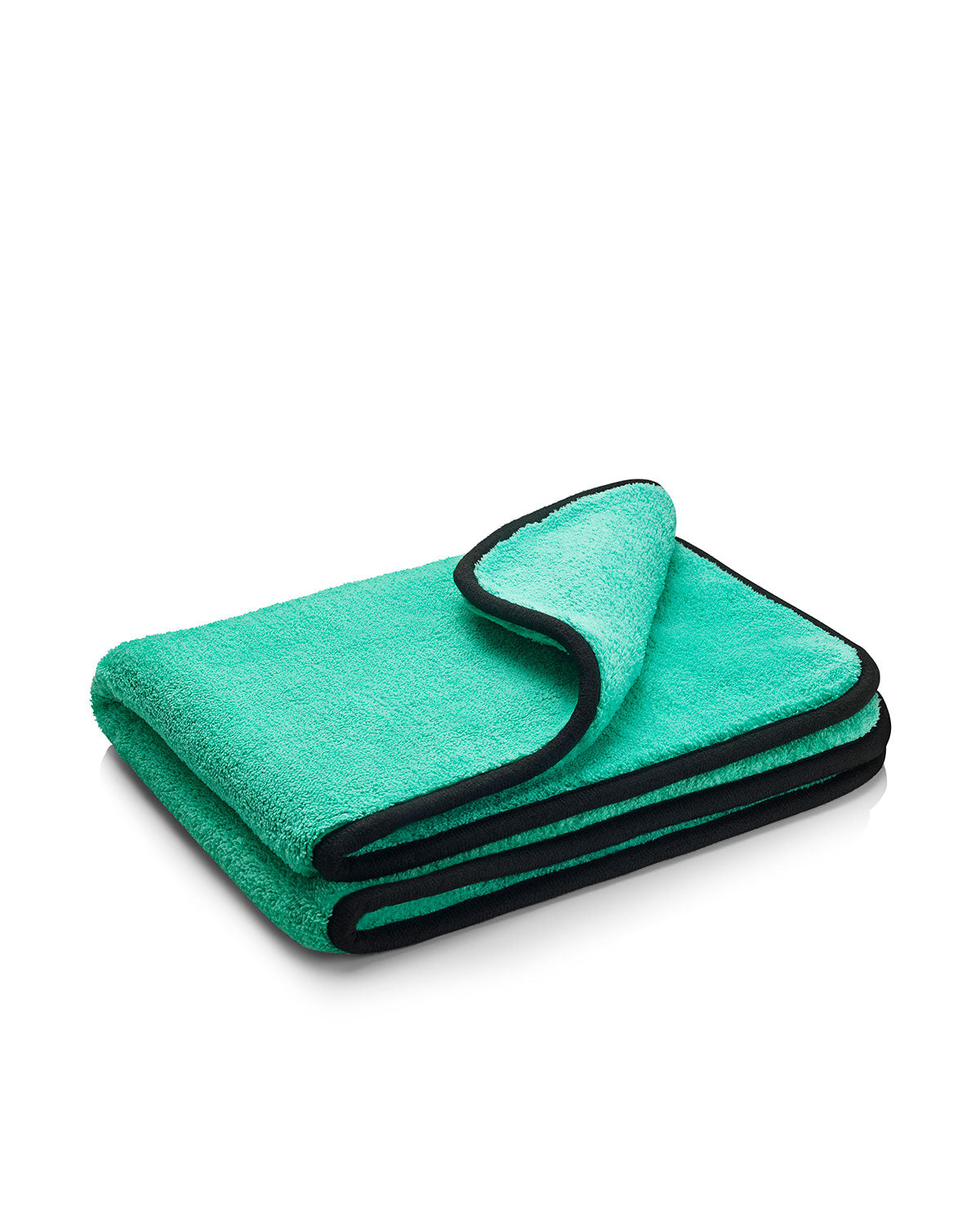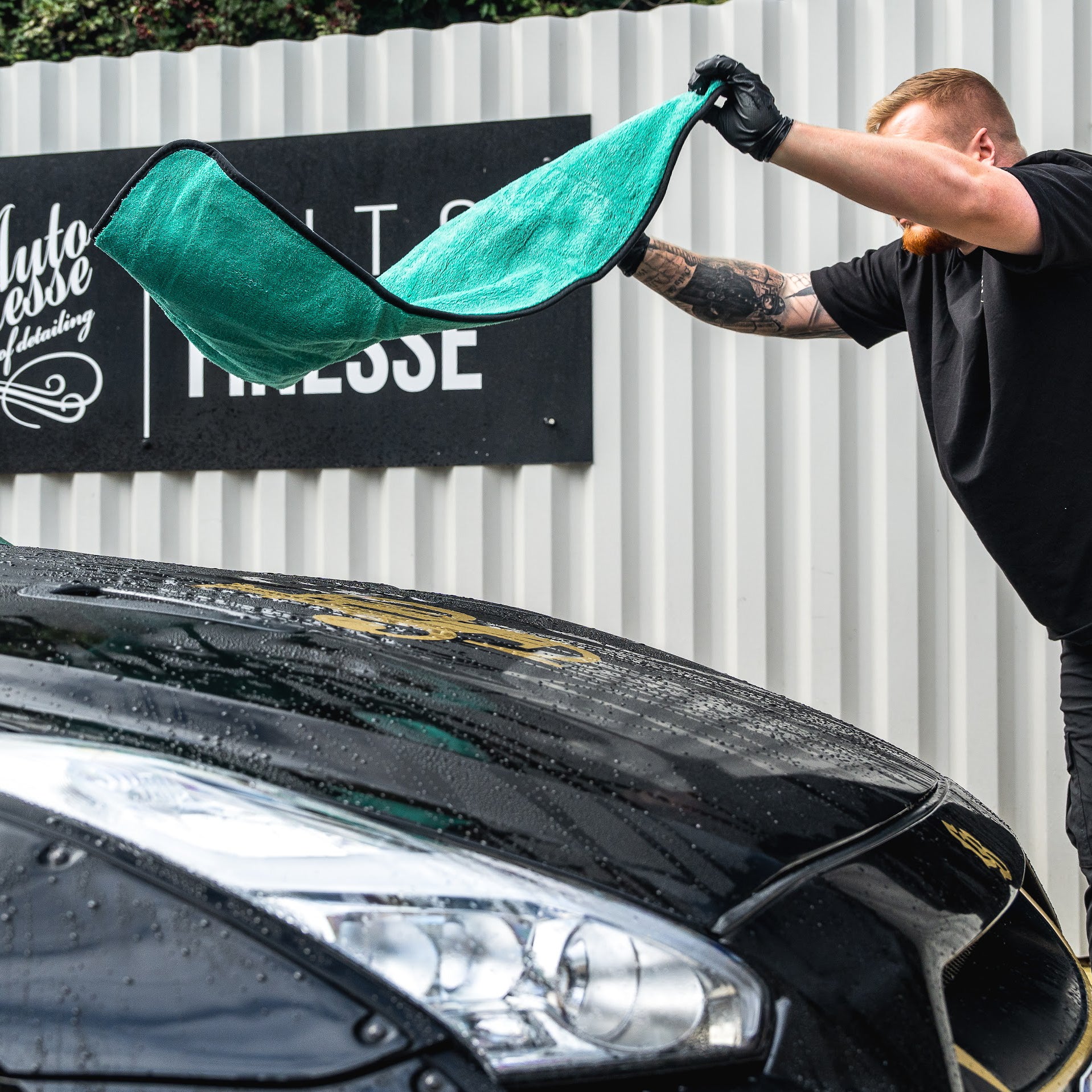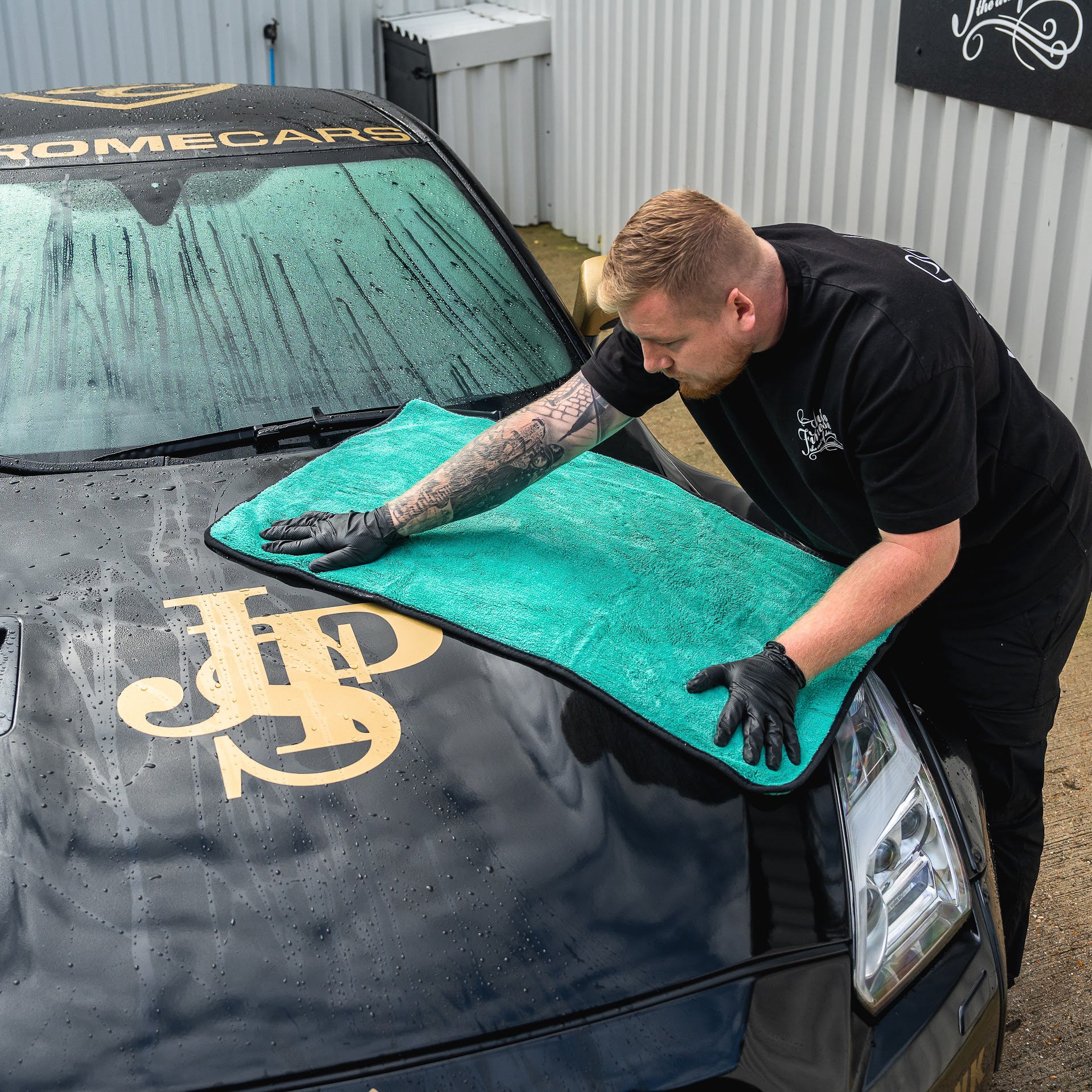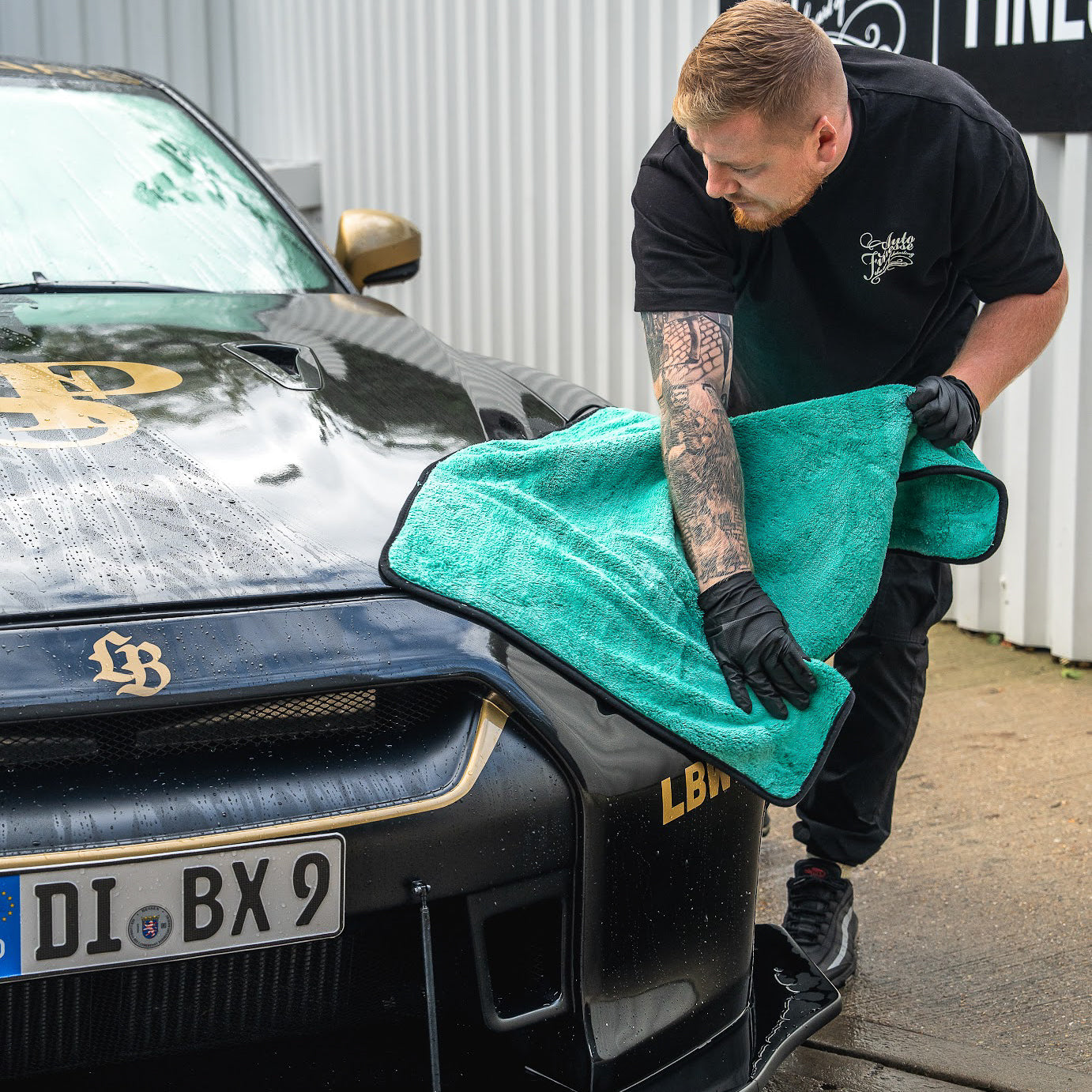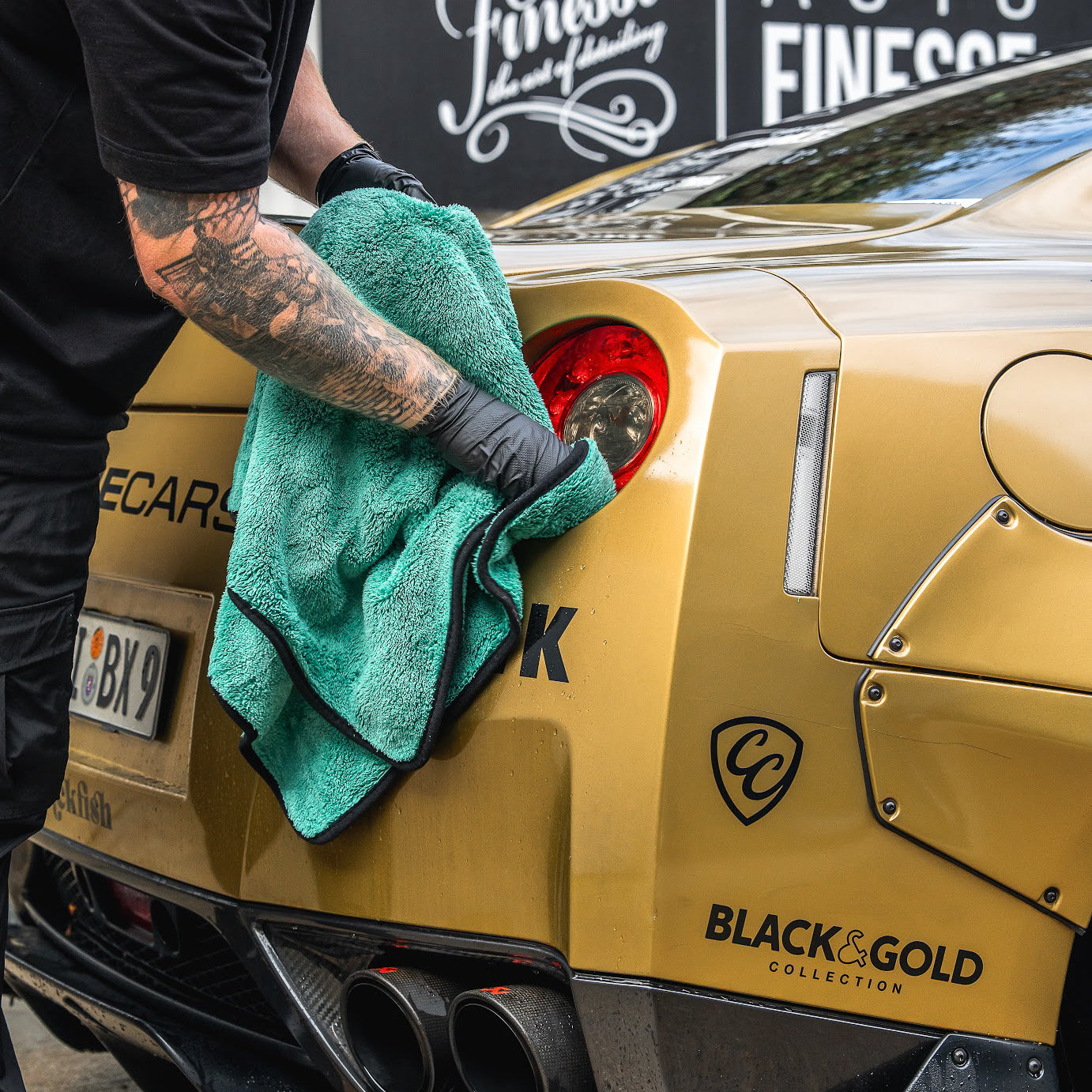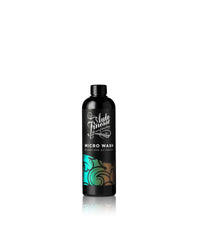Aqua Deluxe XL
Aqua Deluxe XL Drying Towel
Microfibre Detergent
The Ultimate Drying Towel
Aqua Deluxe
FAQ
Popular questions from our customers

![]() NEED HELP CALL +44 (0)1279 912 912
NEED HELP CALL +44 (0)1279 912 912
We are here to help with all your questions.*
The super absorbent drying towel
A jumbo, 1200 GSM drying towel with an ultra deep pile developed to safely dry the biggest of vehicles. Ideal for SUVs, HGVs, Vans and even Boats.
Glides over paintwork & glass
Safe and non-scratching on all exterior surfaces, this super-plush, 940 x 570mm towel has been engineered to make the drying process as quick and effortless as possible, and keep your paintwork and gloss plastics swirl-free for longer.






